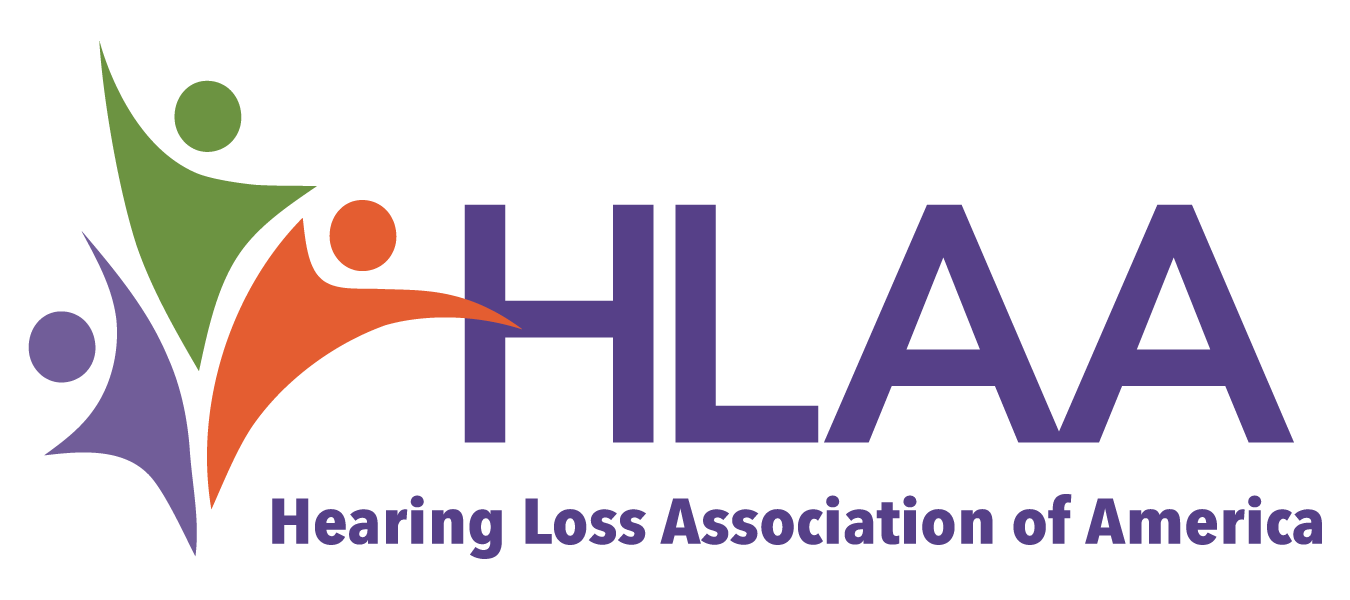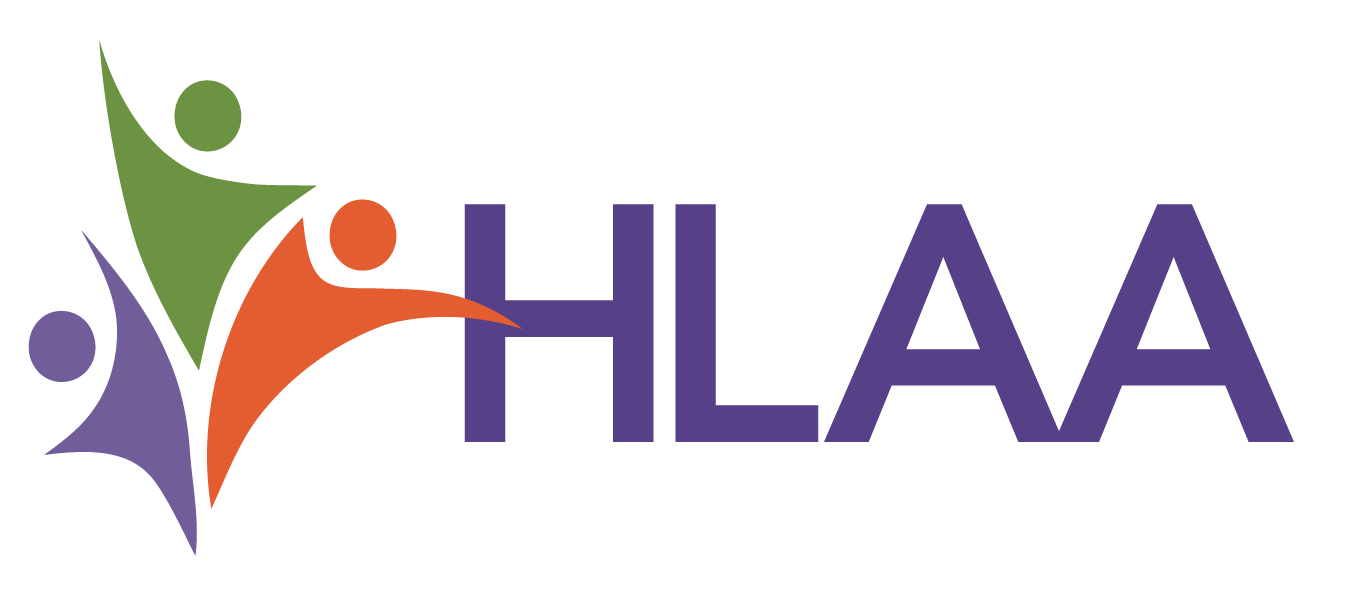The Hearing Aid Compatibility Act of 1988 (HAC Act) generally requires that the Federal Communications Commission (FCC) ensure that telephones manufactured or imported for use in the United States after August 1989, and all “essential” telephones, are hearing-aid compatible. When Congress passed the Act in 1988, it specifically exempted “telephones used with public mobile services” (wireless telephones) from these requirements. To ensure that the HAC Act kept pace with the evolution of telecommunications, however, Congress granted the FCC a means to revoke or limit the exemption for wireless telephones. On August 14, 2003, the FCC determined that continuation of a complete exemption for wireless telephones would have an adverse effect on individuals with hearing disabilities, and that limiting the exemption was technologically feasible and in the public interest. Based upon these findings, the FCC established rules for the hearing aid compatibility of digital wireless phones.
In 2016, the FCC adopted an Order revising its HAC rules to create improvements to benchmarks to be met by wireless handset manufacturers and service providers to ensure greater access to wireless communication services for Americans with hearing loss. The 2016 HAC Order directed industry stakeholders and advocates for consumers with hearing loss to develop a task force for determining whether a 100 percent HAC deployment benchmark is achievable considering both technical and market conditions. The task force will include representatives of consumers who use hearing aid devices, research and technical advisors, wireless industry policy and technical representatives, and hearing aid manufacturers.
On October 26, 2017, the FCC revised volume control standards for wireline handsets to provide a more accurate measurement of voice amplification. By 2020, all wireless handsets newly certified as hearing aid compatible must include volume control suitable for consumers with hearing loss. The FCC also extended the HAC requirements to wireline telephones used with advanced communications services, including phones used with VoIP services, with compliance required within two years.
For more information, visit the FCC’s website:

